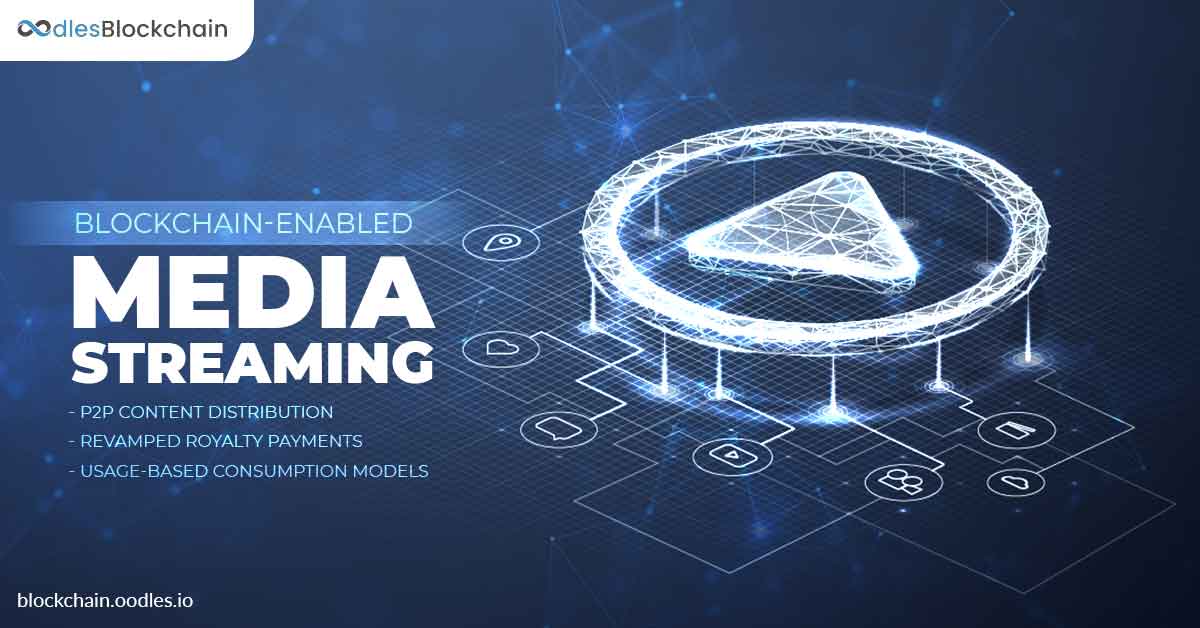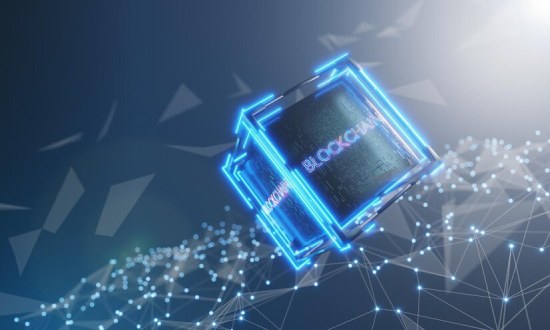-
Thanks to the cryptocurrency boom of Bitcoin, Ethereum, and the 1,000 + other digital currencies, blockchain technology is now firmly out of the shadows. More and more businesses, governments, and non-governmental organizations are also exploring the development of blockchain applications and smart contract solutions to improve productivity and accountability.
Blockchain Technology
With no one central node, blockchain technology-based solutions run on a decentralized network. This concept guarantees that every participant has equal power in the network. Also, by taking over the central server, hackers fail to change data records. Modern cryptography protects the data, e.g., modern data encryption techniques protect digital signatures. It ensures that hackers can't even get access to information either. Due to the consensus algorithm, hackers find it virtually impossible to tamper with the blockchain network. For example, the 'Proof of Work' (POW) consensus algorithm will require a hacker to have the immense computational power to overwhelm the decentralized network. It is something that is not feasible without the already developed quantum computer.
Blockchain for Media Streaming
Decentralization eliminates, or at least, substitutes, intermediaries. Thus, it becomes possible for a blockchain media streaming and distribution network to directly link artists with listeners. It ensures that even the most simple blockchain solution will be secure against fraud because modern cryptography and consensus algorithms encrypt data.
Ethereum and Smart Contracts (dApps)
Further, blockchain like Ethereum allows smart contracts, also known as autonomous, tamper-proof solutions (once written to the network), that run on a blockchain network and automatically pass assets upon parties fulfilling a collection of predetermined conditions. It enables automated compensation for artists and other processes and several other applications to be automated. Also, Read | Ethereum Smart Contracts | An In-depth Review of the Potential
Essential Features for a Blockchain-Powered Media Streaming Platform
You need to provide a few essential features in the app you build with a blockchain for online media streaming. Safely, artists should be able to upload their content. The app should enable artists to receive revenue in crypto-based payments. A selection of favorite artists should be accessible by users. Smart contracts can process payments automatically upon the download of an album. To keep transactions and information open, the use of blockchain technology is essential. The platform should allow artists to maintain much of the revenue they make. Listeners/viewers should not have to deal with commercials. You may consider other monetization methods for the platform. For example, if fans share music, musicians may set up a reward arrangement for expanding the reach to a larger audience. Finally, a simple user interface (UI) is crucial. Also, Read | An Insight into Video Streaming Platform Development with Blockchain
Developing the Media Streaming and Distribution Platform with Ethereum-Based dApp
We will now outline the Ethereum 'Distributed App' (DApp) approach to the creation of a blockchain platform. A DApp is like a web app. However, it operates on a blockchain network. While a developer can code the UI in any programming language, a smart contract is necessary for the backend. It requires a specific skill-set to accomplish this. In a decentralized blockchain that adheres to the requisite cryptographic standards, a DApp should also be open source and store data. DApps must use crypto tokens. However, they should not be in control of any one person. All changes to a DApp must have the user community's consensus. Also, Read | dApp (Decentralized Apps) Development | An Efficient Alternative
Create an Account on Ethereum
You require Ethers to enforce the DApp on the Ethereum blockchain and to run it (ETH). You need an Ethereum account and a wallet address for this. There are two types of accounts in Ethereum,' Externally Owned Accounts' (EPAs) and' Contract Accounts.' There's an EOA you have to use. For that, you can use the 'eth-light wallet' to do this quickly. You now have to create your private and public keys and keep your private key secure. For guidance, search the eth-light wallet documentation. As the Ethereum network needs gas payments (processing charges) as fees, you will need to purchase Ether to deploy your smart contracts.
Develop a Crypto Token for the Blockchain Platform
To transact, you need a dApp crypto token for artists and consumers. An essential prerequisite of a DApp is using a crypto token. To find out how you can build an ERC 20 token, When you market your idea, you would want to be on the right side of the regulations. In the US, the Securities and Exchange Commission (SEC) demands that they be registered as securities by blockchain start-ups offering tokens as investment instruments. Consult our guide on security tokens. Bear in mind that other countries might have laws of their own.
Smart Contract Coding, Testing, and Deployment
Development
For your blockchain music platform, you now need to code smart contracts. Smart contracts with 'If-Then-Else' statements are open-source pieces of code. They are automatically executed based on triggers and can be configured to pass crypto assets based on predetermined requirements being fulfilled. It is the blockchain database where smart contracts reside. So, once added to, nobody can tamper with it. Thus, in a blockchain network, their execution outcomes also become automated. Their implementation is irreversible. Read this guide for more details on smart contracts. For understanding more about other streaming platforms built with blockchain, review these Choon and Musicoin Smart contracts.
Testing
After the launch, you cannot change smart contract agreements and override the outcomes of their execution. It makes it crucial to evaluate them comprehensively. You can test them using MetaMask and Remix Integrated Development Environment in the Ropsten test network, also known as test network (IDE).
Launch
You now have to use the Ether you bought to pay for the gas price to enforce your smart contracts. You can use testrpc, web3.js, and Truffle to deploy your smart contracts on the Ethereum Mainnet network. Want to know how you can test and enforce your Smart Contract solution? Read on for steps to deploy a smart contract on Ethereum.
Conclusion
To conclude, while it is not as easy as creating a web or app solution. However, given the potential of blockchain technology and help change the industry, you can develop a decentralized blockchain media platform. If you outsource the project, it is a complicated construction project that you will need to handle from end to end. You believe that it is too difficult for your current team and that you, therefore, need to hire a development partner, given due diligence. You can consult this guide on how to find the best blockchain software development company guide.

Our Offices
INDIA
Emaar Digital Greens, Sector 61,
Gurugram, Haryana
122011.
Welldone Tech Park,
Sector 48, Sohna road,
Gurugram, Haryana
122018.














